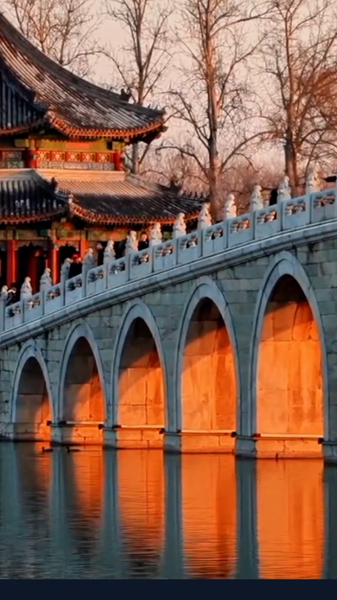In a bold move to bolster regional growth amid global challenges, Chinese Premier Li Qiang met with Asian Development Bank (ADB) President Masato Kanda in Beijing. The meeting focused on expanding all-round cooperation between China and the ADB, with a special emphasis on enhancing economic resilience, technological exchange, and sustainable development in the Asia-Pacific region.
With the world economy recovering slowly amid geopolitical turbulence and rising protectionism, Premier Li urged Asian nations to strengthen solidarity and coordinate macro policies. He highlighted the importance of breaking down barriers to the flow of trade, investment, and technology, while ensuring the stability of industrial and supply chains. His call resonated strongly with many as he emphasized deepening cooperation in fields such as environmental protection, green and low-carbon development, and healthcare.
Premier Li also pointed out that China is ready to share its valuable experience in poverty reduction and the digital economy with developing members in the Asia-Pacific. This exchange of knowledge is seen as a vital step toward achieving sustainable development and fortifying resilience against future risks. He envisaged an elevated partnership with the ADB, one that would bring mutual benefits and provide greater public goods for the region.
ADB President Masato Kanda acknowledged China’s commitment to high-level opening up and reform, noting that such efforts not only underpin steady economic growth on the Chinese mainland but also contribute significantly to the broader Asian and global economies. The ADB sees the approaching 40th anniversary of cooperative ties as an ideal opportunity to deepen collaboration in green development, technological innovation, and other critical areas.
This expanded cooperation is set to invigorate regional integration and serve as a model for cross-border partnerships, promoting a more stable and interconnected economic landscape across the Asia-Pacific.
Reference(s):
China to expand all-round cooperation with ADB: Chinese premier
cgtn.com

